The Khumbu Icefall is undoubtedly the most stunning sight along the way to Mount Everest. Still, it is also the most frightening part. The vast majority of people only picture it as a place where Everest climbers can be seen while, during the Everest Base Camp (EBC) trek, the icefall is referred to only by its difficulties and dangers. The number of trekkers and climbers is going to be in sky-high so that not only do we have to remind them of the Khumbu Icefall safety 2026 measures but also provide updated information together with practical trekking safety tips for EBC trekkers seeking to understand the region better.
What Is the Khumbu Icefall, Anyway?
The Khumbu Icefall is situated higher than Everest Base Camp (5,364m), at altitudes that vary from 5,500–5,800 m. It is a permanent change maze of huge seracs (ice towers), very deep crevasses, and unstable ice blocks. Since the icefall is a glacier that melts into the Western Cwm from Everest, the daily movement of the icefall is one meter in different areas. Because of this unceasing motion, the icefall becomes one of the severest dangers to be handled in the whole Everest region. But those who are not going to the summit usually stop at Base Camp to have a look at it safely from afar. Knowing all the risks is very vital, particularly when you are planning a trekking trip in 2026 and are not quite sure if all this information is still the same due to climate fluctuation and glacier movements.
Why the Khumbu Icefall is Trekkers’ Concern
Generally, the main query is the Khumbu Icefall is on the way to the Eastern Base Camp (EBC). The next point is that one can do an Everest Base Camp trek without going through the Khumbu Icefall. The icefall is the pictorial and the cultural jewel of the journey. From the Everest Base Camp area, trekkers often witness the summit teams making their way into the icefall. Although the trekkers’ crossing the icefall physically is very rare, its presence still makes the overall EBC trek hazards. Glacial changes can alter nearby trails, weather conditions, and safety considerations for high-altitude travel.
EBC Trek Hazards in 2026: What You Should Know
Undoubtedly, the Everest region is still one of the most fascinating trekking destinations worldwide. However, to reach the base camp of the EBC trekkers need to be cautious not to get into the hazard that may have a serious impact on their safety. Here are main risk:
- Altitude Sickness (AMS):
- Trekking to Base Camp is going up over 5,000 m.
- Symptoms: headache, vomiting, dizziness, and breath shortness.
- Prevention: Slow acclimatization, rest days, drinking enough water, and medication if necessary.
- Unstable Weather: The Himalayas could change from a sunny day to a blizzard within a few hours. In 2025, it is expected that the weather will be a little warmer during the day, but the snow will be quite unpredictable.
- Glacial Hazards: Due to climate change, the Khumbu Glacier and its surrounding areas are moving quicker. Traced close to Gorakshep and Base Camp are sometimes rerouted.
- Trail Accidents: The small paths, hanging bridges, and steep climbs can be dangerous. Trekkers need to have good shoes, sticks for walking, and be aware of their surroundings.
- Health & Sanitation Issues: Eating contaminated food and poor hygiene at high altitude may lead to stomach problems. Using purification tablets and eating in reputable teahouses help to prevent illness.
If tourists correctly know the EBC trek hazards, they shall efficiently manage their safekeeping journey in 2026.
Khumbu Icefall Safety: Key Considerations
Certainly in the first place, the Khumbu Icefall is the Everest most terrifying obstacle for the mountaineers. Nevertheless, Base Camp trekkers should know the Khumbu Icefall safety 2025 regulations in order to become acquainted with the advice and to respect the environment.
- Observe from a Distance: Visitors of the icefall should in no way be allowed to enter into the icefall. Due to the work of nature, the formations and abysses are unstable and the entry is only allowed under the guidance of Sherpa climbers who set ladders and ropes.
- Get Familiar with The Danger: Even quite a way off the icefall, the sounds of cracking ice and small avalanches may be heard. Incorporating these sounds into your awareness will help you treat the area with the caution it requires.
- Follow Sherpa Guidance: The local Sherpas are very familiar with the area. Take their advice on where it is safe to go and the time to go back at once.
- Stay Updated on 2025 Conditions: The effect of global warming on glacier speed has made each trekking season in this area a little different from the last in terms of risks. Always confirm with your trekking agency the news of Khumbu Icefall safety 2026.
- Avoid the Temptation of the Adventure: There are brave trekkers who get tempted to “walking a little into” the icefall for taking photos. It is very risky. Keep away from the edges and marvel at its beauty from the safe area.
Trekking Safety Tips EBC for 2026
Whether you are a first-time trekker or a return visitor, the trekking safety tips EBC will always guarantee you a safe and satisfying journey.
Before the Trek
- Exercise your body: Cardiovascular and leg muscle strength are very important.
- Good packing: Layered wear, quality footwear, and a sleeping bag of good quality.
- Ideal time for trekking: Both pre-monsoon (March–May) and post-monsoon (Sept–Nov) seasons are still the best.
- Trustworthy tour company: The safety of guides and porters is very important.
During the Trek
- Walk slowly, ascend high, sleep low: The process of acclimatization cannot be neglected.
- Hydrate well: 3–4 liters of water per day is the recommended intake.
- Pay attention to your body: Do not disregard symptoms of AMS.
- Follow the marked paths: Do not try to bypass the glaciers with unstable ground or shortcuts.
- Treat with respect both locals and the nature around you: Cultural sensitivity comforts the experience.
Emergency Safety Tips
- Make use of satellite phone or local SIM for your communication.
- Travel insurance that has evacuation cover should always be with you.
- Be aware of the locations of health posts (Lukla, Namche, Pheriche).
By abiding by these trekking safety tips EBC, 2025 trekkers will be able to dodge a majority of the common risks and enjoy the Himalayas responsibly.
Khumbu Icefall vs. Other EBC Hazards
Many climbers ask if the Khumbu Icefall safety 2026 problem is similar to the rest of the EBC dangers. In fact, altitude and weather are still the main threats for regular trekkers, while the icefall is only a matter for alpinists.
But knowing about it really adds up to your experience. At Base Camp, you’re not only going to witness how risky situations for the climbers, but also how spectacular the Himalayas are.
Climate Change and Future Risks
Climate change is a major factor that has a big impact in 2025. The Khumbu Glacier is melting and thinning at an accelerated rate. Which means that:
- Gaps may appear in the ice more often.
- Ice towers will collapse quicker.
- Trail adjustments due to seasonal changes will become more frequent.
These factors make Khumbu Icefall safety 2025 the topic that trekkers have to be most concerned about. They need to be well-informed and prepared to act as the situation changes.
Expert Tips from Sherpas and Guides
Local Sherpa guides have direct experience and know EBC trek hazards and the whole Khumbu region like the back of their hand. These are a few of the insights commonly imparted to trekkers:
- “Slow walking is strong walking.” Don’t hurry; your body will thank you with patience.
- “Respect the mountains, and they will respect you.” Don’t take the cold or the altitude lightly.
- .”Never trek alone above Namche.” Group support is vital in rescue situations.
- “Always trust experience over internet advice.” Local guides are in contact with nature.
Essential Packing List for Safety in 2025If some trekkers just focus on the safety of the trek and decide to do EBC, here is a non-negotiable list:
- Sturdy waterproof boots
- Layered clothing system (base, fleece, down, shell)
- Trekking poles
- Headlamp with extra batteries
- UV-protected sunglasses
- A First-aid kit (Diamox, ORS, bandages, etc.)
- Water treatment tablets
- Sleeping bag (rated -15°C or below)
- Power bank for your device
- Satellite communicator (optional but recommended)
Safe Trekking in the Shadow of the Khumbu Icefall
The Khumbu Icefall represents both the area’s most stunning feature and the source of most fatalities in the Everest region. While trekkers on the EBC route are never required to cross it, learning about it and acknowledging its dangers is still a very worthwhile part of the trek.
Khumbu Icefall safety 2026 is after safety and very clear safety updates. The main message is to be informed, obey the guidance of sherpas, especially the route to be taken in these cases, and respect the danger of the mountain. Combining this with great EBC trekking safety tips, you can get the best of both worlds, one of the greatest adventures on the planet without compromising your safety.
The Himalayas are calling you to take part in the wonder, and with right scheduling, awareness, and respect, your journey to Everest Base Camp, Adventure Great Himalaya is here to help make it happen.
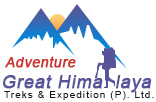
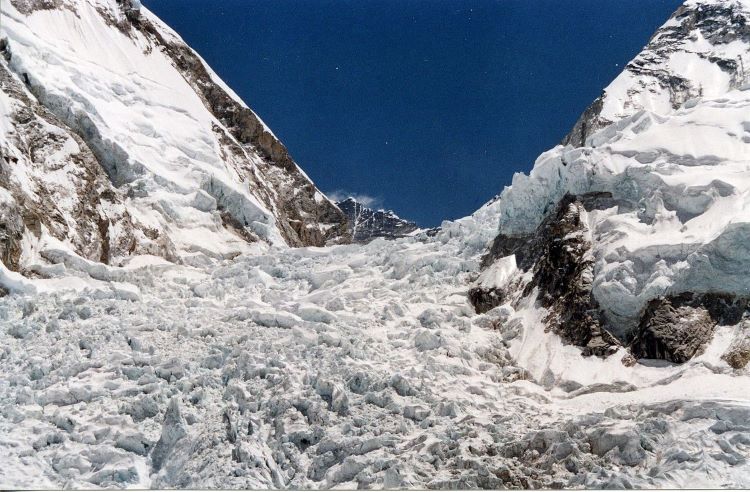
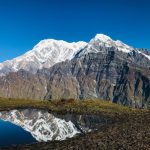 Saturday, August 30th, 2025
Saturday, August 30th, 2025
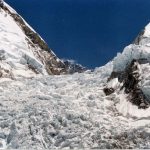 Wednesday, August 27th, 2025
Wednesday, August 27th, 2025
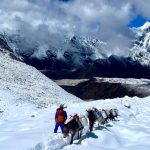 Wednesday, August 20th, 2025
Wednesday, August 20th, 2025
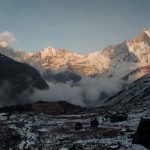 Wednesday, August 20th, 2025
Wednesday, August 20th, 2025
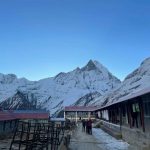 Wednesday, August 13th, 2025
Wednesday, August 13th, 2025
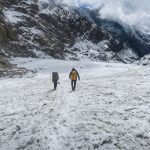 Wednesday, August 6th, 2025
Wednesday, August 6th, 2025
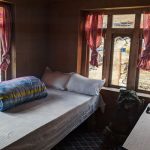 Monday, July 7th, 2025
Monday, July 7th, 2025
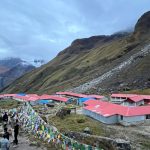 Thursday, July 17th, 2025
Thursday, July 17th, 2025
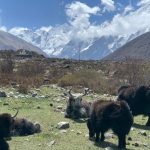 Monday, July 7th, 2025
Monday, July 7th, 2025
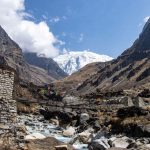 Friday, May 9th, 2025
Friday, May 9th, 2025
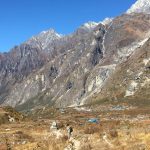 Saturday, June 14th, 2025
Saturday, June 14th, 2025
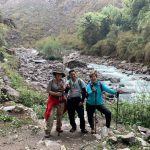 Wednesday, June 25th, 2025
Wednesday, June 25th, 2025
 Tuesday, August 5th, 2025
Tuesday, August 5th, 2025
